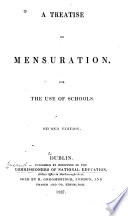 | Commissioners of National Education in Ireland - Measurement - 1837 - 284 pages
...34, DC 35, and BC 16 ; required its area. Am. 700.99. PROBLEM XIII. To find the area of a Trapezoid. RULE. Multiply half the sum of the two parallel sides by the perpendicular distance between them, and the product will give the area.* 1. Let ABCD be a trapezoid,... | |
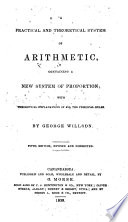 | George Willson - Arithmetic - 1838 - 194 pages
...figure. The "05*5" breadth of the rectangle is equal to naif the sum of the two parallel sides. . ... . RULE. — Multiply half the sum of the two parallel sides, by the perpendicular distance between them. All the figures we have considered, have been referred either... | |
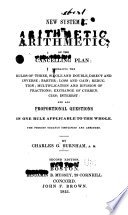 | Charles Guilford Burnham - Arithmetic - 1841 - 324 pages
...triangle are 6, 8 and 10 chains. What is the area ? Answer, 24 chains. To fold the area of a trapezoid. RULE. Multiply half the sum of the two parallel sides by the perpendicular distance between them, and the product will be the area. 1. What is the area of a piece... | |
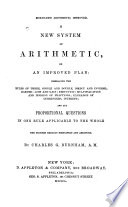 | Charles Guilford Burnham - 1850 - 350 pages
...8, and 10 chains. What is the area ? Ans. 24 chains. Art. 271, — To find the area of a trapezoid. RULE. Multiply half the sum of the two parallel sides by the perpendicular distance between them : the product will be the area. 1. What is the area of a piece... | |
 | George Roberts Perkins - Arithmetic - 1851 - 356 pages
...the area of the trapezoid, which is the sum oi the two-triangles, may be found by the following E—- RULE. Multiply half the sum of the two parallel sides...width, GH, being multiplied by the length EF will give itt area. EXAMPLES. between these sides is 8 rods, how many square rods in the garden ? . ( 40 sq.... | |
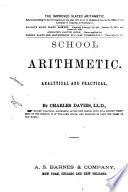 | Charles Davies - 1852 - 344 pages
...parallel. The ,. perpendicular CE is called the altitude. AEB 322. To find the area of a trapezoid. Multiply half the sum of the two parallel sides by the altitude, and the product will be the area. (Bk. IV. Prop. VII.) EXAMPLES. 1. Required the area of the trapezoid... | |
 | George Roberts Perkins - Arithmetic - 1855 - 388 pages
...into the altitude AE, or into its equal C F. Hence the area of the trapezoid, which is the sum of th« two-triangles, may be found by the following RULE....fine application in measuring a tapering board, as ABCD. In this case half the sum of the parallel sides, AD and BC, is found by measuring the width GH... | |
 | Charles Guilford Burnham - 1857 - 342 pages
...8, and 10 chains, What is the area ? Ans. 24 chains. Art. 271 . — To find the area of a trapezoid. RULE. Multiply half the sum of the two parallel sides by the perpendicular distance between them : the product will be ilie area. 1. What is the area of a piece... | |
 | Charles Guilford Burnham - Arithmetic - 1857 - 328 pages
...8, and 10 chains. What is the area ? Ans. 24 chains. Art. 271. — To find the area of a trapezoid. RULE. Multiply half the sum of the two parallel sides "by the perpendicular distance between them : the product will be the area. 1. What is the area of a piece... | |
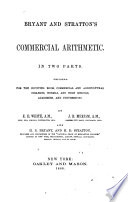 | Emerson Elbridge White, Henry Beadman Bryant - Bookkeeping - 1865 - 344 pages
...QUADRILATERALS, PENTAGONS, &c. ART. 176- (1.) To find the area of any quadrilateral having two sides parallel. RULE. — Multiply half the sum of the two parallel sides by the altitude, or perpendicular distance between those sides, and the product will be the area. NOTE. — This rule... | |
| |